.jpg)
“Whatcha Say About My Mother?” BOOK REVIEW: The Gentle Art of Making Enemies, by James McNeill Whistler (1890)
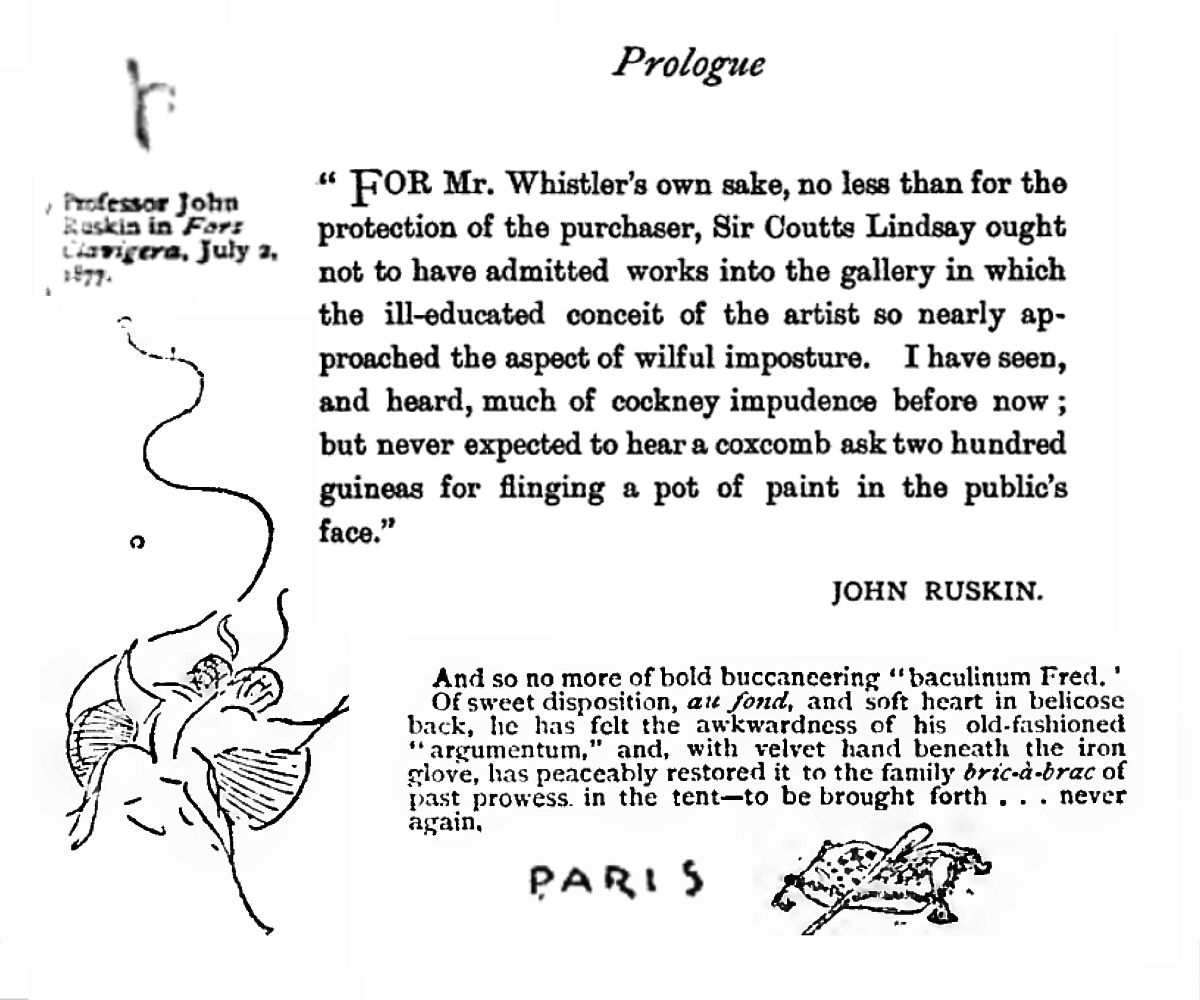
This collection of letters and miscellany covers something over a quarter of a century, from 1862 to the present year (1890). It illustrates the gentle art of making enemies, and is in part the record of some unpleasantness between the Brush and Pen. The conditions are not devoid of interest, comprising as they do the Painter, the Newspaper, and the Public. [from the First Edition, 1890, "Mr. Whistler as the 'Unattached Writer'"]
James Abbot McNeill Whistler (1834–1903) was an American-born, British-based artist and etcher. He was a leading proponent of the Aesthetic movement, which sought to produce art for art's sake, and was known for works like his iconic 'Whistler's Mother' and the evocative 'Nocturne in Black and Gold'. He also had a reputation for being a difficult personality, earning him the nickname 'the Pope of Chelsea'.
The Gentle Art of Making Enemies: As pleasingly exemplified in many instances, wherein the serious ones of this earth, carefully exasperated, have been prettily spurred on to unseemliness and indiscretion, while overcome by an undue sense of right. With Reminiscences of Some Eminent Persons and Personalities of the Present Day; Being the Unwritten History of Social and Aesthetic Conflict During the Past Half-Century, to Which Is Added a Selection from the Letters of Mr. Whistler, Being Replies to the Aspersions Cast Upon His Personality and Art by Some of the Critics of His Time.
With the technological advent of inventions such as the photographic camera, Master Artists including Whistler departed from the mechanical aspect of realism in painting, exploring hithertofore untested realms of abstraction, style & interpretation of reality. This period produced some of the greatest painters in human history - according to twentieth and post-twentieth century experts, scholars & critics. However, at the time, Whistler was frequently lambasted by the press of his day. This book documents Whistler's libel case against one of those critics, which cost the artist his entire fortune to prosecute in defense of his own artistic legacy.
Fors Clavigera: Letters to the Workmen and Labourers of Great Britain was the name given by John Ruskin to a series of letters addressed to British workmen during the 1870s. They were published in the form of pamphlets. The letters formed part of Ruskin's interest in moral intervention in the social issues of the day on the model of his mentor Thomas Carlyle.
The phrase "Fors Clavigera" was intended to designate three great powers which form human destiny. These were: Force, symbolized by the club (clava) of Hercules; Fortitude, symbolized by the key (clavis) of Ulysses; and Fortune, symbolized by the nail (clavus) of Lycurgus. These three powers (the "fors") together represent the human talent and ability to choose the right moment and then to strike with energy. The concept is derived from Shakespeare's phrase "There is a tide in the affairs of men / Which, taken at the flood, leads on to fortune". Ruskin believed that the letters were inspired by the Third Fors: that he was striking out at the right moment to influence social change.
It was in Fors Clavigera that Ruskin published his attack on the paintings of James McNeill Whistler exhibited at the Grosvenor Gallery in 1877. He attacked them as the epitome of capitalist production in art, created with minimum effort for maximum output. One of the most powerful sentences was "I have seen, and heard, much of Cockney impudence before now; but never expected to hear a coxcomb ask two hundred guineas for flinging a pot of paint in the public's face." Ruskin's abusive language led Whistler to sue for libel. Whistler won the case, but only got one farthing in damages. Ruskin withdrew from art criticism for a period following the case.
Whistler was known for his extreme attention to detail, and he was often dissatisfied with his works if they did not match his ideal. In an effort to preserve the value of his paintings and to ensure that only his finest works would remain, Whistler would often destroy any paintings that he did not feel were up to his standards. This unique strategy was both controversial and effective, as it kept the value of his remaining works high. His destruction of paintings increased the notoriety of his existing works, as the public was left to imagine the beauty of his "lost" paintings.
Whistler's butterfly monogram was his signature, and it was originally painted on the back of some of his finished works. It featured a stylized butterfly with a large “W” on the body, and this design was characteristic of the Aesthetic Movement of the late 19th century. The butterfly symbolized Whistler’s commitment to beauty and art, and the use of a monogram instead of a full signature was meant to signal that he was a more modern artist. Whistler's butterfly monogram became almost as recognizable as his artwork itself and remains a symbol of his artistry. Penned versions of his trademark butterfly can be found in the sequel to Gentle Art of Making Enemies, a lesser-known book entitled: Eden Versus Whistler The Baronet & The Butterfly A Valentine With A Verdict. An example is included with the image accompanying this review.
The titles of Whistler's paintings generally fall into four (4) categories: Symphonies; Harmonies; Arrangements; and Nocturnes. In hindsight, and after long consideration, these terms can be interpreted as being analogous to music; with the latter of the four being a substitute for "Lullabies." Ironically, Whistler's most famous masterpiece, "Arrangement in Gray & Black, Portrait of the Artist's Mother," is a work of extreme realism. Many of the diatribes and "flame wars" detailed in Gentle Art of Making Enemies, discuss these works from both sides of the debate, in the form of letters to the editor.

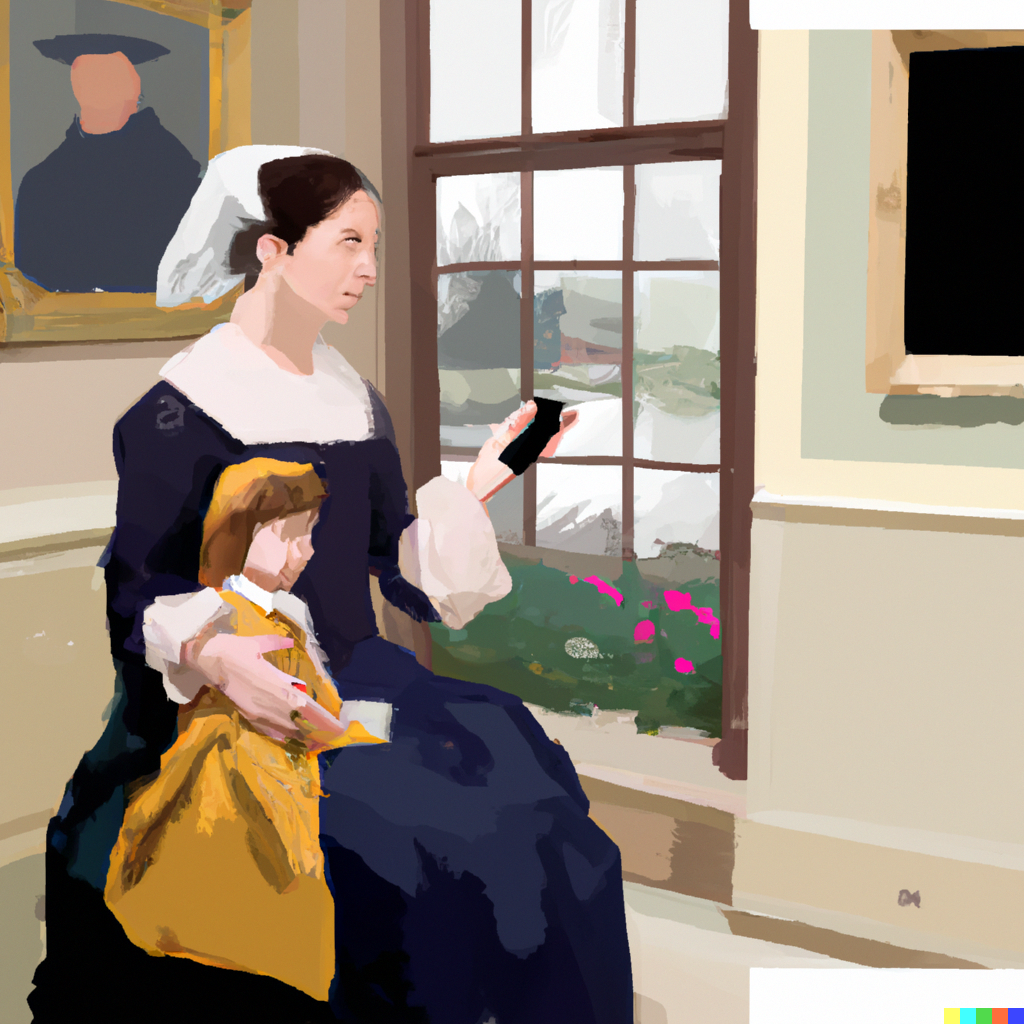

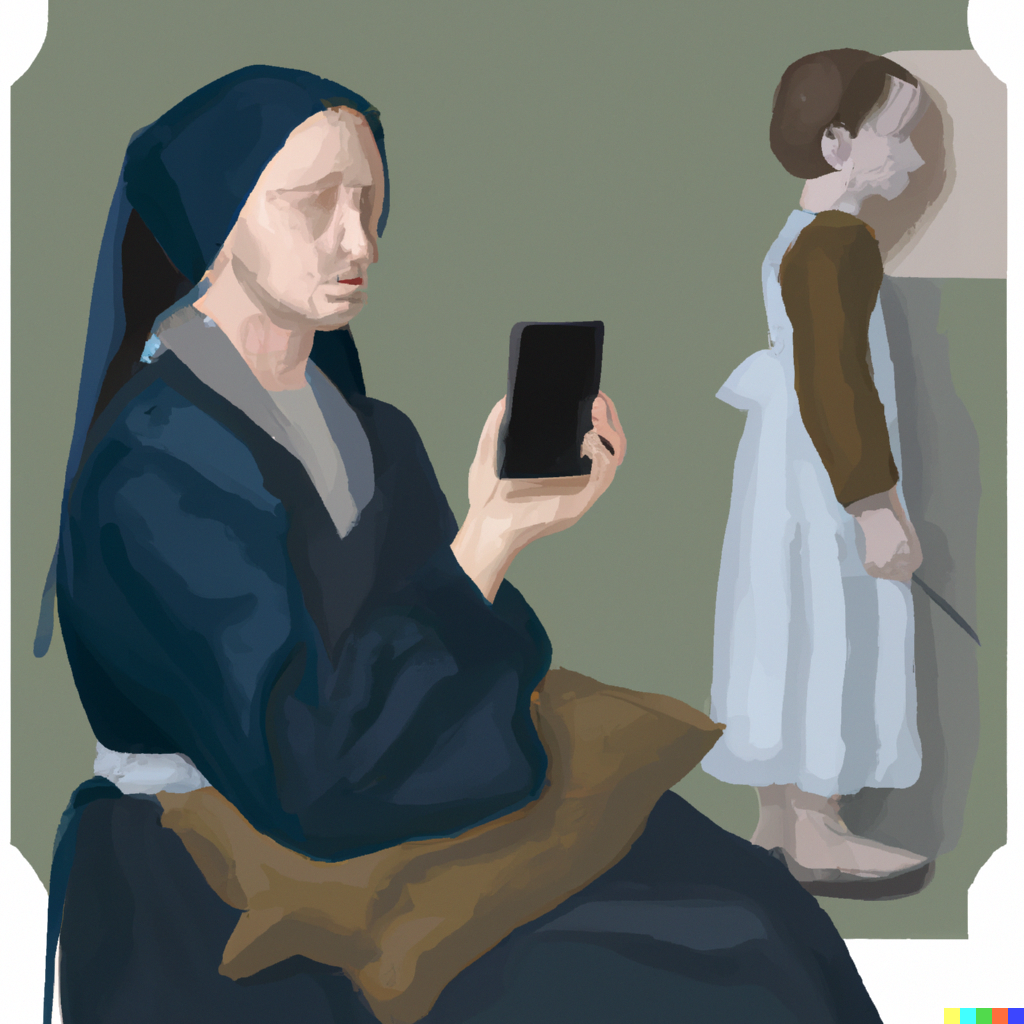
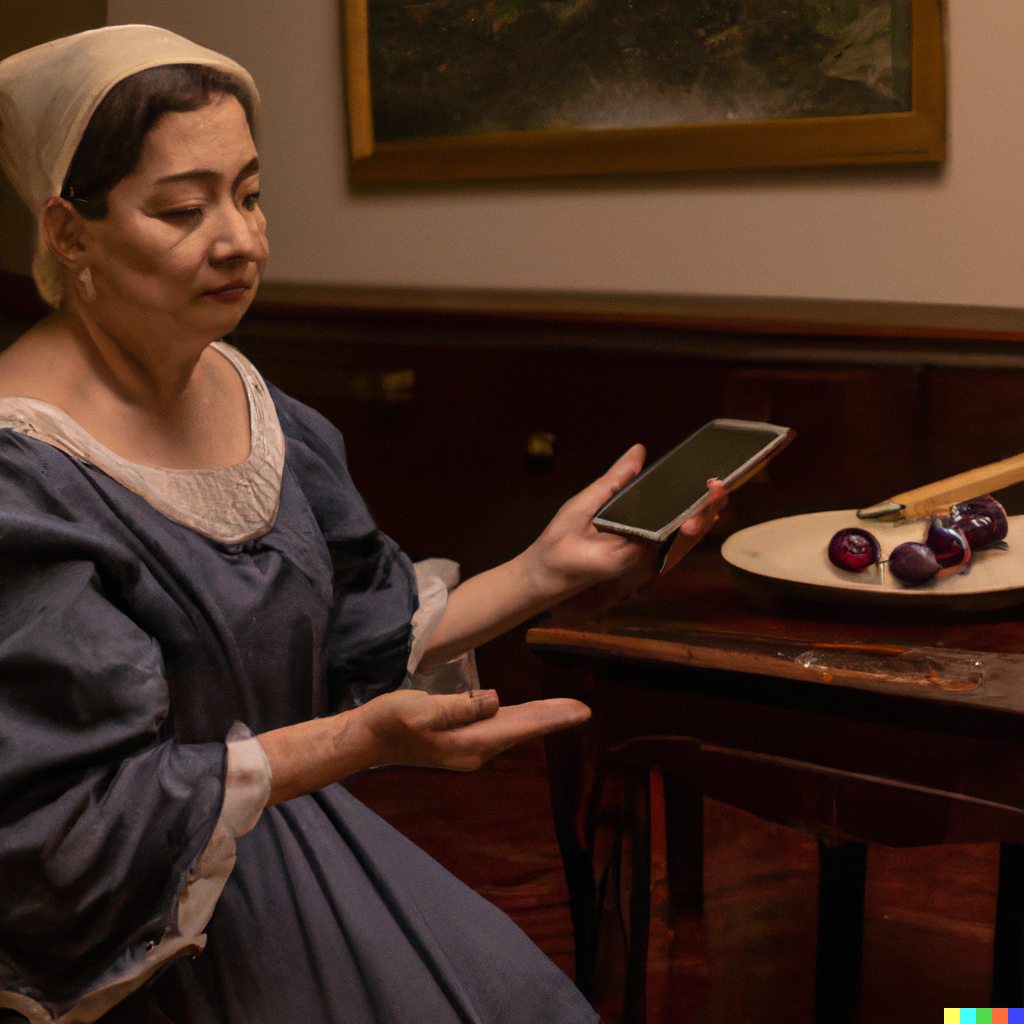
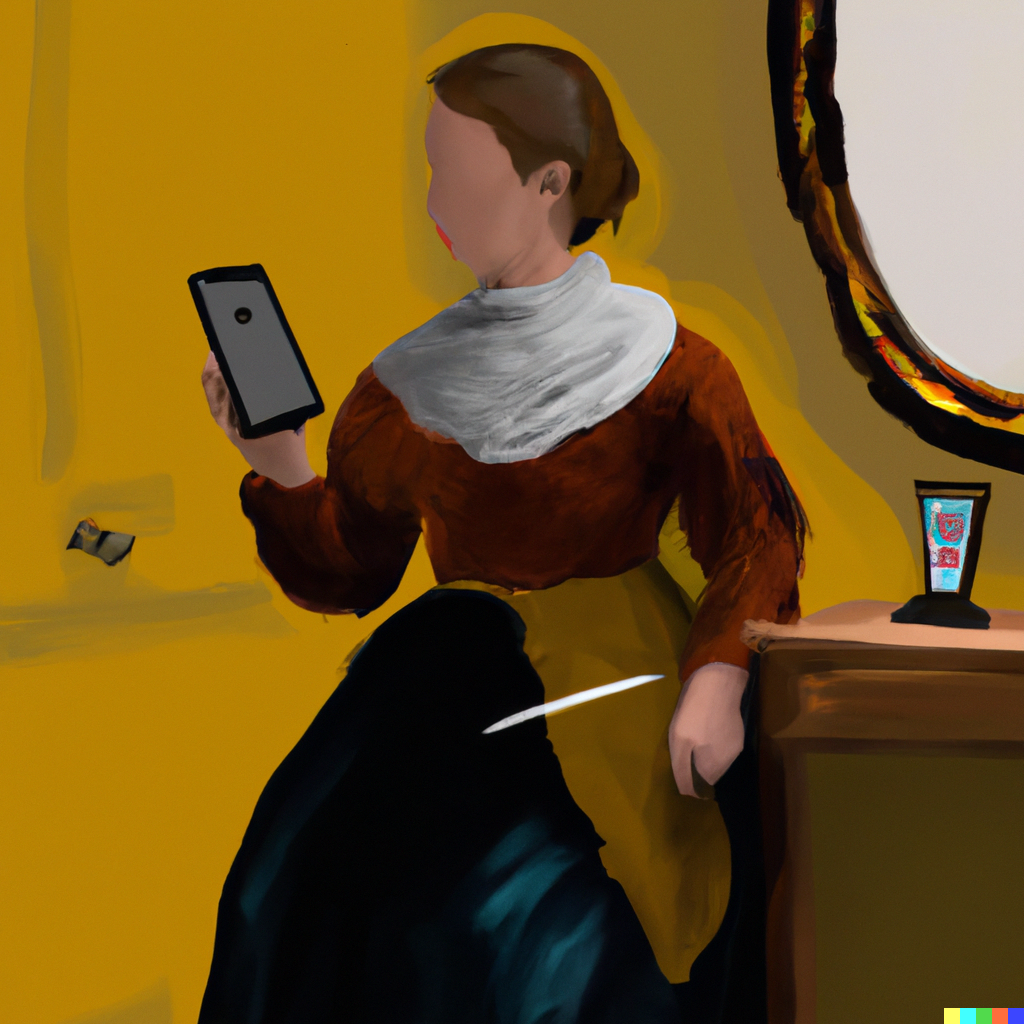
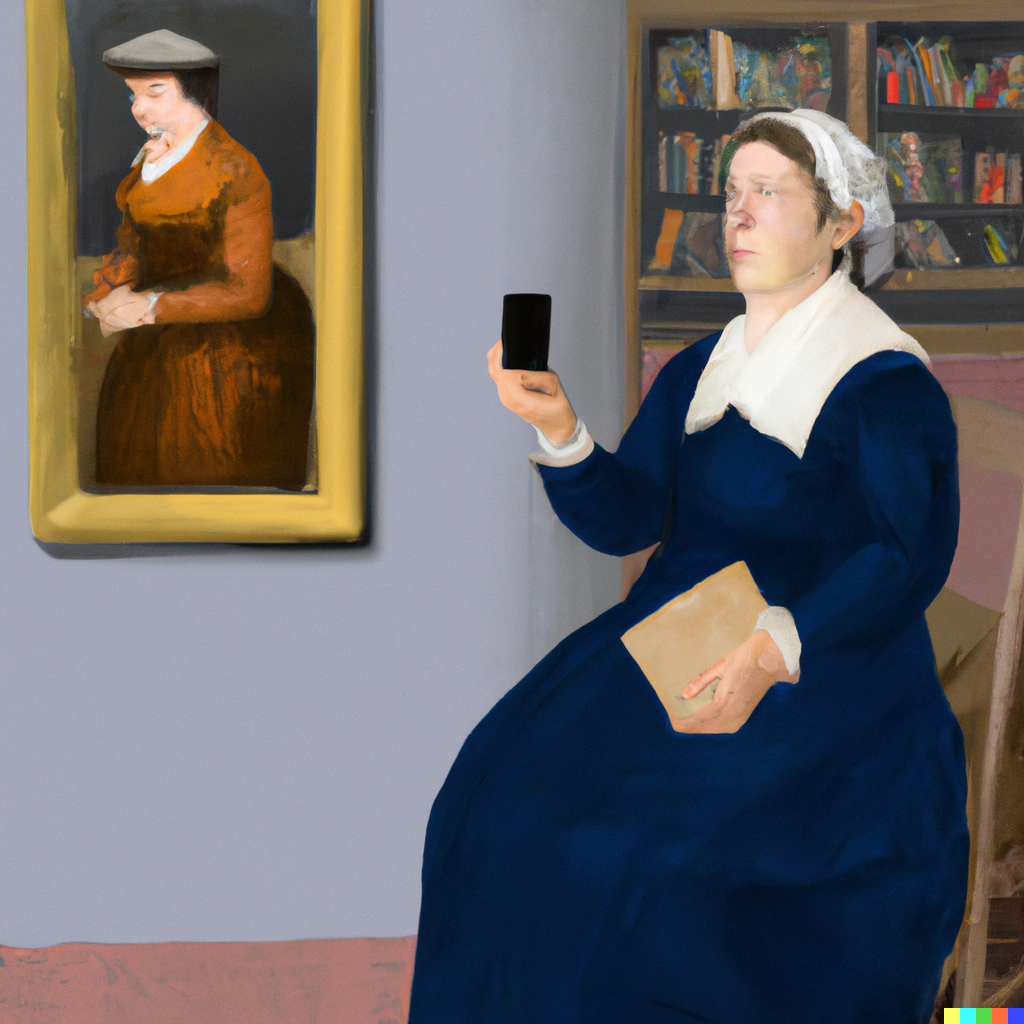
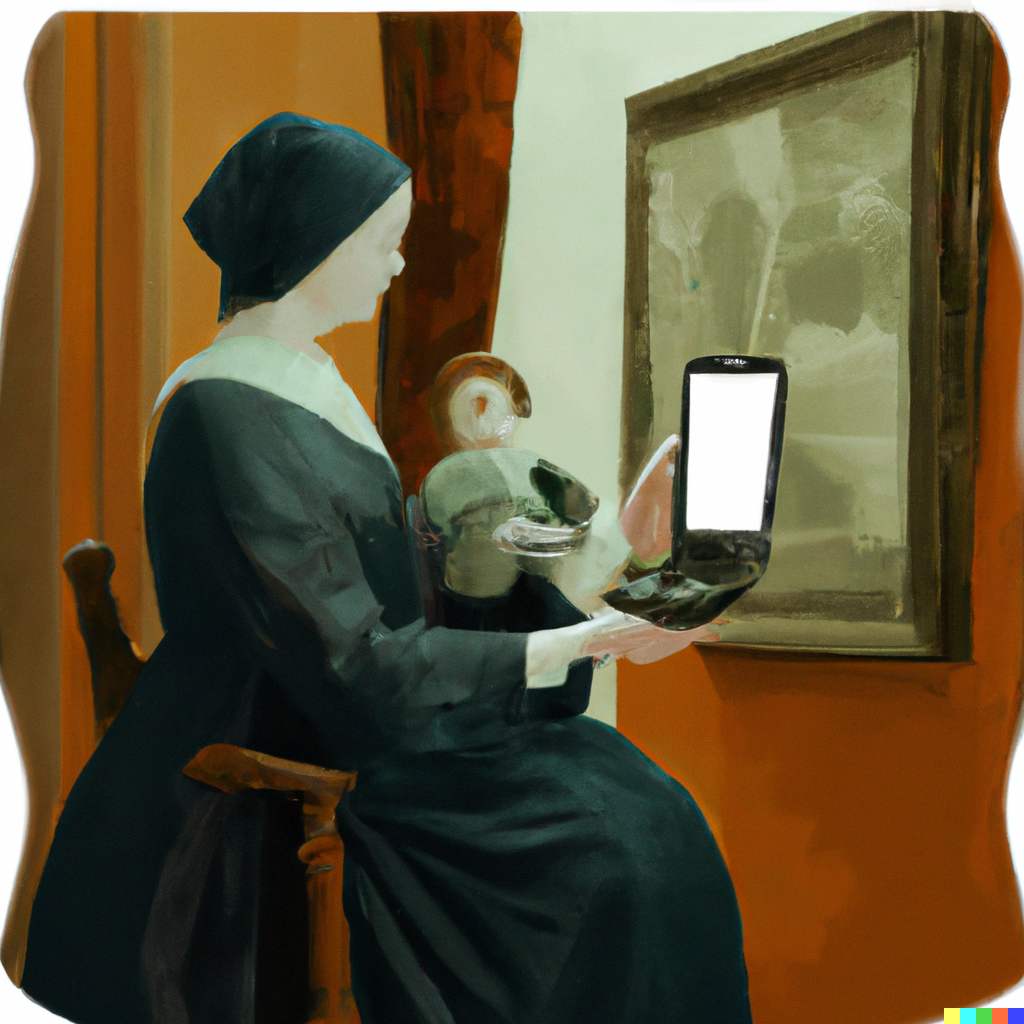

Daily Eagle News
http://dailyeagle.news
Established July 4, 2019
Dear @dailyeagle,
Our previous proposal expired end of December and the Hivebuzz project is not funded anymore. May we ask you to review and support our new proposal (https://peakd.com/me/proposals/248)?
Thank you for your help!